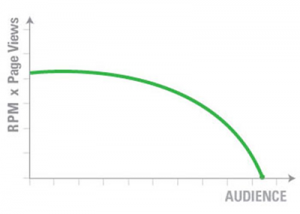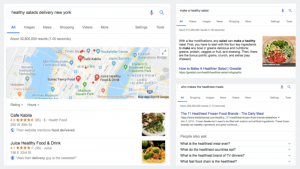What’s Behind The Microsoft AI Optimization Framework

Microsoft’s AI Trace research project introduces a new approach to training and automatically optimizing AI-run systems.
The company demonstrates how it can be used in building an AI agent for games, but it also could improve ad delivery and click-through optimization rates, recommendations, support fraud detection, and much more.
Trace — unlike gradient-based methods — is an advancement in AI research because it offers a new perspective on how to build and optimize AI systems by leveraging a mathematical formula called Optimization with Trace Oracle (OPTO).
Microsoft worked with Stanford scientists on engineering development and research.
Trace optimizes systems based on actual feedback from the technology. That feedback can include numerical losses, natural language, and errors. It looks at the entire system rather than individual components or pieces, similar to a multichannel campaign rather than just one area such as search, display or connected television (CTV).
The technology can be applied to a range of systems, ranging from neural networks to more complex systems.
Microsoft demonstrated how to use the technology by building a video game. The technology records the AI system to capture the behavior and decisions made. It then analyzes and extracts information to identify improvements.
If a company builds an app, video game, or software, Trace can provide ways to improve it through feedback. It updates the system using the OPTO algorithm. But Trace is not limited to code optimization.
The framework supports optimizing parameters, including codes, prompts, and hyperparameters. Microsoft demonstrated how to use prompts of multiple large language model (LLM) agents when solving complex household tasks in a simulated environment. In this case, the company used a Virtual Home.
The technology can optimize behaviors based on environmental feedback.
In this example, the agents can automatically evolve and acquire specialized capabilities such as behavioral roles to free up system designers from processing and fine-tuning multiple LLM prompts.
The technology, while it is very early in development, could be used to optimize ad delivery systems that provide faster load times, better ad targeting, and increased ad revenue.
It also could be applied to recommendation systems to achieve higher click-through rates, and optimize models for detecting fraudulent ad clicks of impressions, according to Microsoft.
(4)
Report Post






